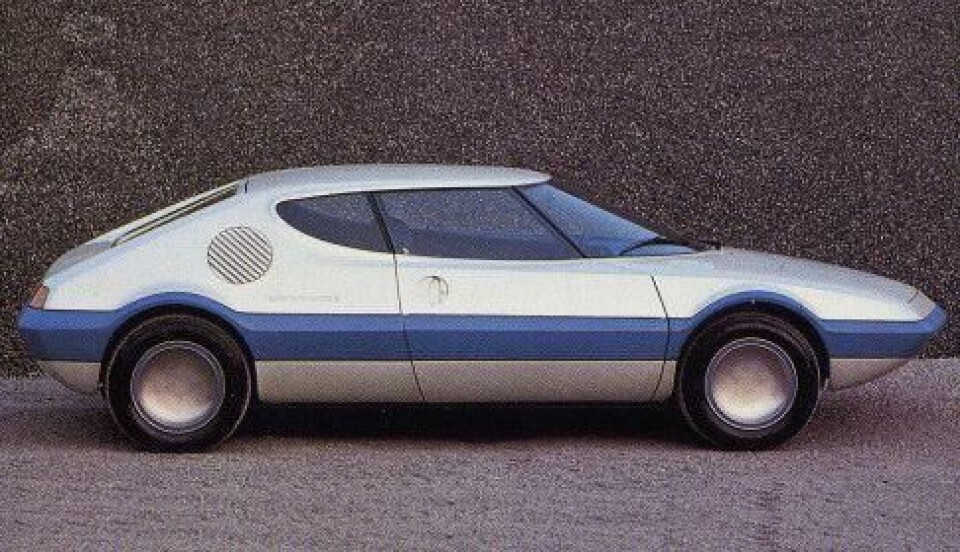
Concept Car of the Week: NSU Trapeze (1973)
The rotary-powered four-seater concept that put safety first
At the 1971 Turin Motor Show, Bertone showed the production version of the Lancia Stratos for the first time. But while the compact two-seater sports car was designed to take on the toughest stages of the World Rally Championship and win, Bertone sought to demonstrate how some of the Stratos’ key graphics could be translated to a more pragmatic, four-seater format themed around rising concerns about automobile safety that were emerging, particularly in the US, in the early 1970s.

The result was the Trapeze, built for the German carmaker NSU, which had recently been acquired by the VW Group and merged with Auto Union – the group of companies that would later become Audi. The concept took its name from the layout of the four seats, which were situated around the centrally-mounted rotary engine taken from NSU’s Ro80 sedan.
The driver and front passenger sat close together up front, while the two rear passengers sat outboard behind them. This meant that the front seat passengers benefitted from being located much further away from the doors, giving significantly more crumple zone should the car be hit from the side. Rear-seat passengers also benefitted from superb legroom as a result.

Visibility was helped by the wraparound windscreen, essentially a larger version of that used on the Stratos, while the safety theme was reinforced on the car’s exterior with a blue-colored bumper that ran all the way around the car. Illumination was taken care of with no fewer than six headlamps, which emerged from behind a pair of covers at the front of the car.
The theme of the rotary engine is picked up in the car’s graphics, with extremely simple, circular wheel covers, circular intakes on the hood and C-pillars and superbly detailed door handles, with a crescent-shaped handle and lock located within another circle on each of the two doors.

On the inside, each of the four seats and the dash top was upholstered in rich blue suede that matched the color of the bumpers outside. However, while the materials were plush, the IP design is extremely simple, almost product-like, with black geometric gauges set into a large, rectangular panel. The effect gave the driving environment an appearance akin to something Dieter Rams would have designed for Braun, which is no bad thing at all.
Although NSU was folded into Audi just four years after the Trapeze was shown, the concept was still influential – its crumple zones and wraparound bumpers would be widely adopted on production cars. Likewise, the car may not have had the impact of the Stratos, but its lounge-like interior and refined rotary engine sound like a superior way to cruise around, arguably in even more style.
What else happened in 1973?
Skylab, the United States’ first space station was launched. The World Trade Center opened in New York, the Sears Tower in Chicago, IL, became the world’s tallest building at the time, and the Sydney Opera House also opened its doors for the first time. SEGA entered the video game market for the first time, the biggest single of the year was Angie by The Rolling Stones and War’s The World is a Ghetto was the top-selling album. The Sting was the highest-grossing movie, followed by The Exorcist. Scary.




